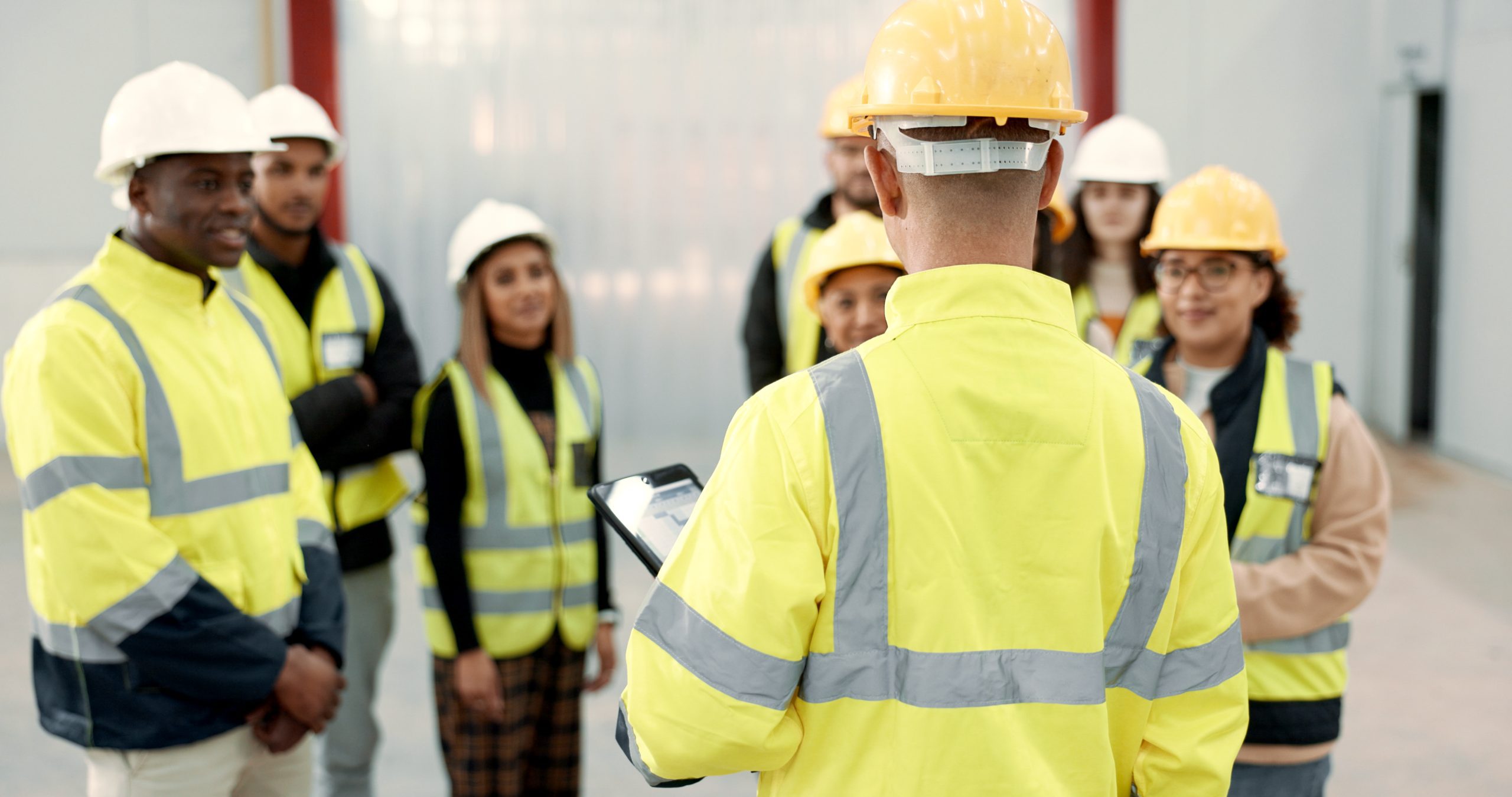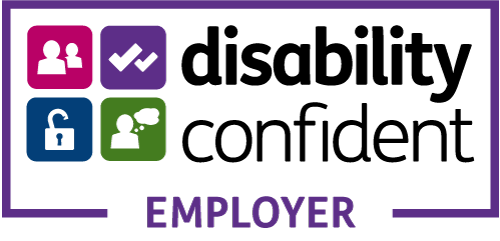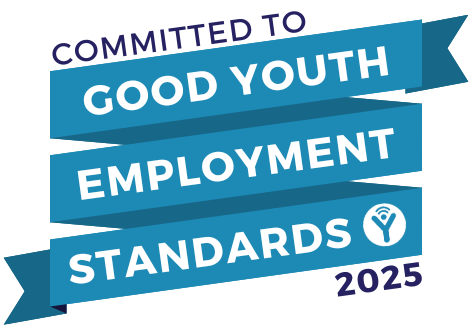Part two: What does effective training look like?
Let’s consider what good training – and, just as instructively, poor training – looks like.
Here’s an example of the latter kind. When visiting a site some years ago, I saw first-hand the employer’s H2S refresher training consisted of northing more than a receptionist at the training centre putting someone in front of a screen in a small, poorly-lit side room and showing them a video.
Clearly, this isn’t good enough. For a start, her role didn’t require any knowledge of H2S – so what checks did she do to make sure her colleague had understood the training? For all she knew, he could have slept through it. If we consider at the learning style preferences we outlined last time, how should this refresher training have been approached?
Firstly, the venue is key: ideally a larger, better-lit room with space for a group of people, and a range of high-quality material displayed on the walls, including details of specific safety incidents, site policy, pictures of breathing apparatus, types of permits, and so on. Anyone walking into this space would be engaged in the matter at hand from the outset and cognitive learners would begin the process before even sitting down.
The training should then be carried out with around six people split into two groups – one would be asked to note down everything they know about H2S safety, while the second would be asked to create a checklist for ensuring breathing apparatus is fit for purpose, before trying on the equipment to test their checklist. Each group shares its work with the other, before the sessions is completed with a multiple-choice assessment. At this point, the behavioural and experiential learners should also have gained something which satisfies their own preferred approach.
The type and depth of training necessarily correlates with the level of risk associated with a task or activity. But the underlying principle is always that the focus should be on demonstrable competence rather than simply going through the motions.
Demonstrable Competence
To explain this more fully, we’ll use an example of a high-risk task: operators need to start up and shut down a large hydrogen compressor safely. We need the detailed procedure for the task and an understanding of could go wrong if we fail to carry out the procedure properly.
Based on this understanding, we need to put together a highly effective training, which should be led by an expert who has had instructor and assessor training. Once the operators have successfully completed the training, they must then go directly to the compressor itself to verify their competence.
Obviously, we do not want to shut down the compressor and re-start it as it would disturb the process. Under the assessor’s supervision, the operator would explain how they would carry out the process and would be asked a series of questions to ensure they understood each step in depth.
Less complicated tasks can also have the competence verified using training, but even then an onsite assessment is always desirable.
Emergency Response Drills and Training
The primary purpose of Emergency Response training and competence assurance is to ensure that when things do go wrong, staff know exactly what to do. To flesh this out a little let’s consider the conscious and unconscious mind. We use the conscious mind every day – it’s quite slow processing information (about 40 bits per second) and it soon gets tired, which is why we have to sleep to allow it to recharge.
The unconscious mind, on the other hand, never sleeps – so much so that, even when we are asleep, it’s busy in the background controlling all our body functions. It processes information much faster than the conscious mind (literally several megabits per second) and runs programmes, a little like a computer operating system. These are called heuristics, some of which we are born with while others we develop as we grow and learn new things.
When we learn something new, it happens the conscious mind and only when we have mastered the new skill does it become a heuristic in the unconscious mind. For example, many of you reading this article will have learnt to drive a car – when we first start to learn it seems impossible as there are so many things to do at the same time (clutch, brake, accelerate, left mirror, right mirror, rear view mirror, etc.). To master the skill of driving can take as many has twenty lessons before we can pass the test. By the time we’ve done that, we’ve formed the heuristic in the unconscious mind.
How can we prove this? When did you last drive to work or the shops, but found you couldn’t remember the journey? If someone asked you narrate the journey from point A to point B, you probably couldn’t. Indeed, when you are driving you often find yourself thinking about something else, at least some of the time. This is because the heuristic is in play. And this is what we are trying to achieve with emergency response drills and training.
By repeated drills and training we try to create the heuristic, so if things do go wrong everyone immediately starts doing the right things. To verify competence here we can use simulators, desk top exercises, team building events, and so on. The best example of using simulators is in the airline industry, where pilots are routinely put through various emergency scenarios so that in the unlikely event of something going badly wrong, they will be competent to deal with it.
In Summary
In the high hazard sector, as outlined by the HSE, we need to do more than train our staff: we must have robust, risk-based competence assurance. Across the whole process, metrics are essential in helping leadership teams understand the state of play as well as best use of their resources.
Training staff and assessors must have professional training themselves; and the design of all training should be such that all learners can achieve the objectives, which are clearly defined and understood at the outset.
Finally, emergency response training and drills are essential to ensure competence – because if and when the worst-case scenario occurs, this could make all the difference.
Cogent Skills has been supporting high hazard industries with their Competence Assurance requirements for more than a decade. For an informal discussion about how we can help your business, contact our team on 01325 740900 or at [email protected].







